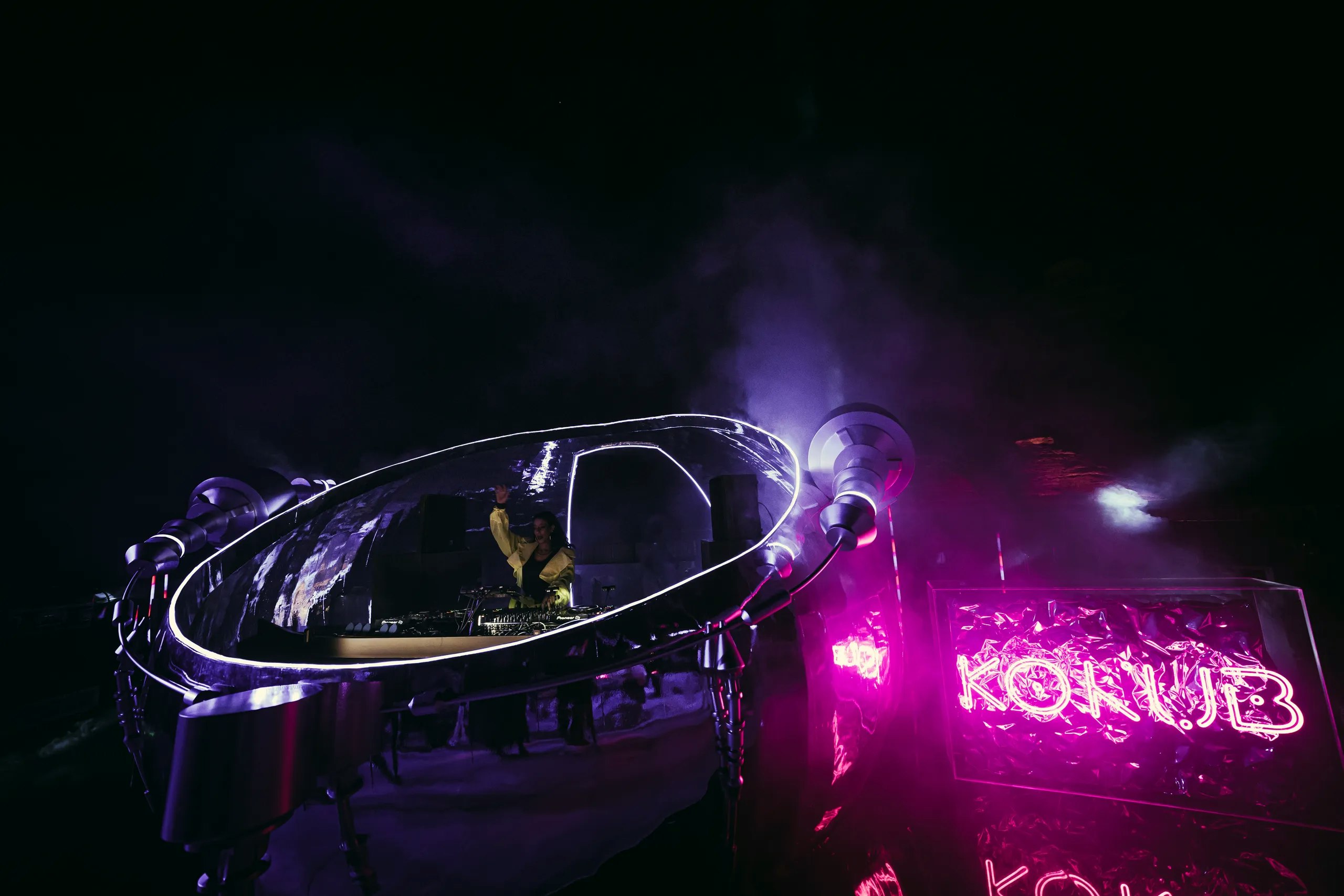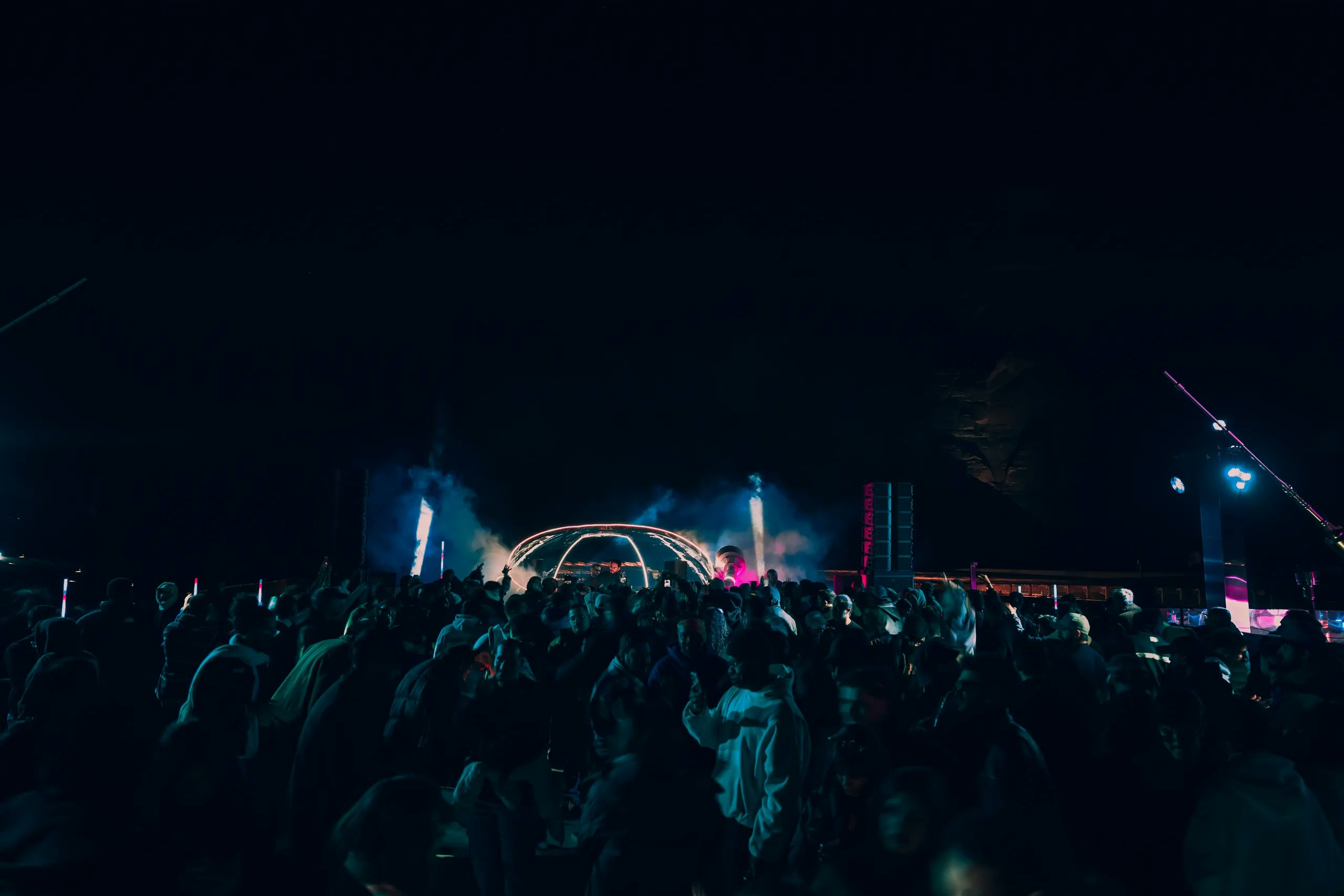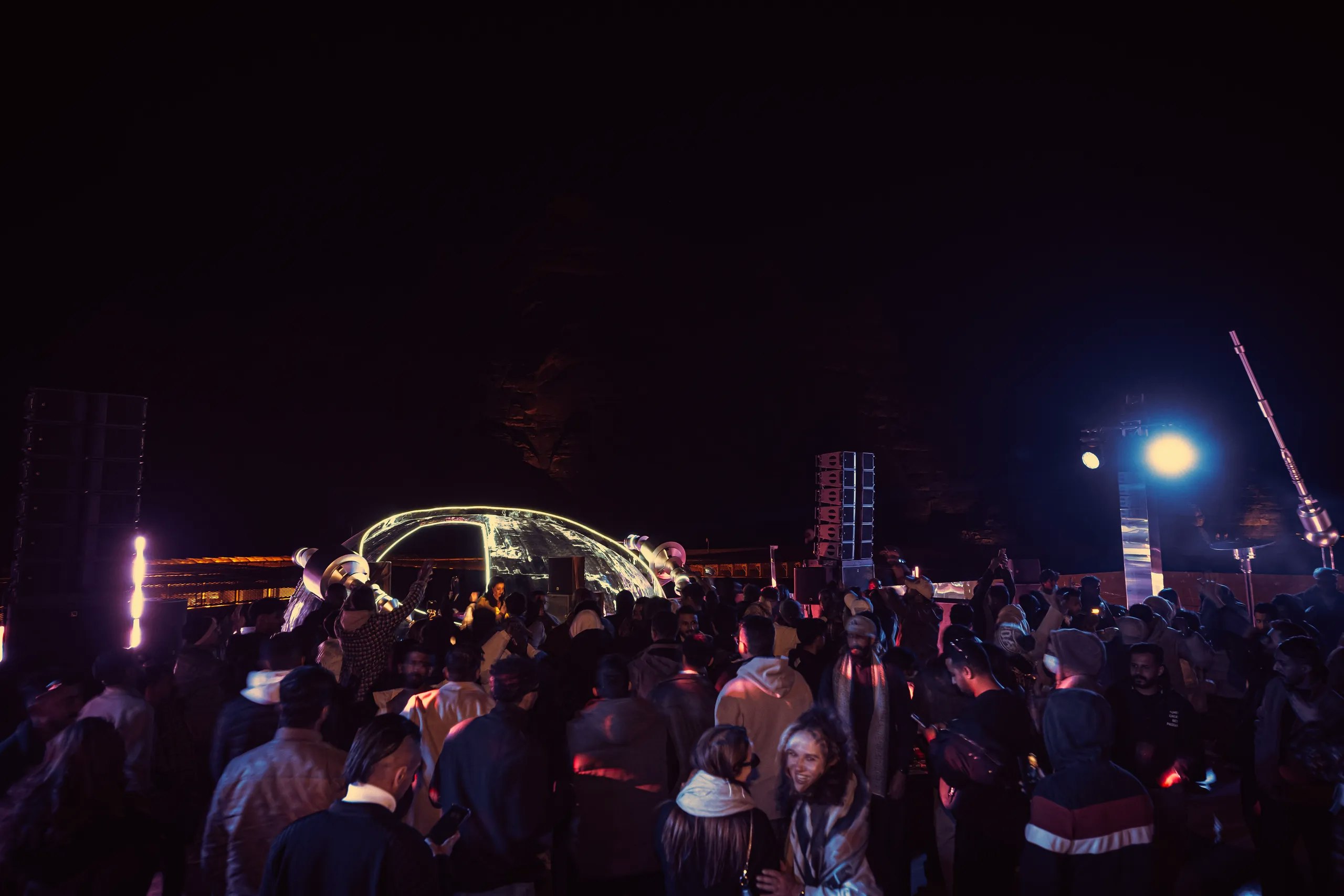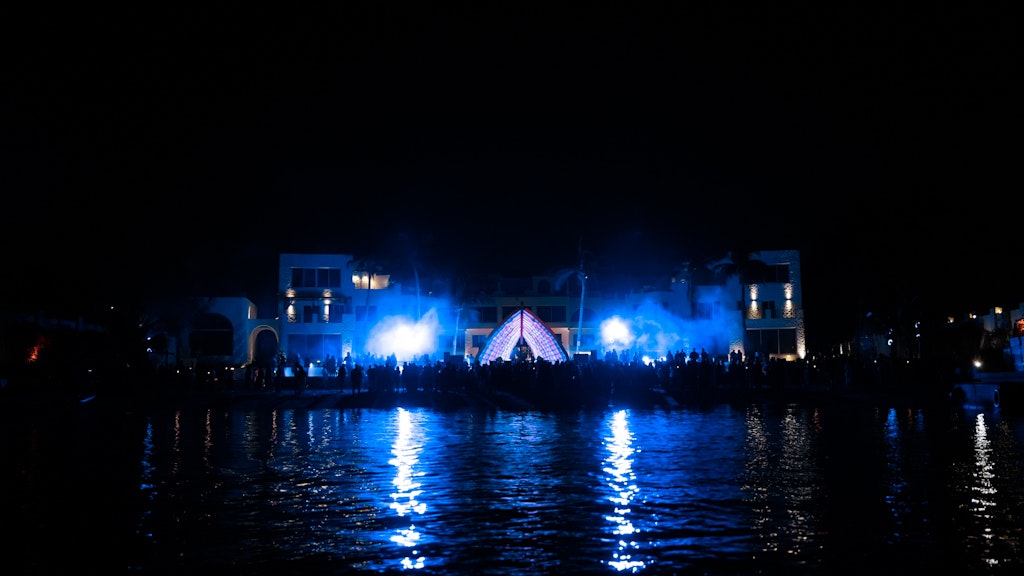
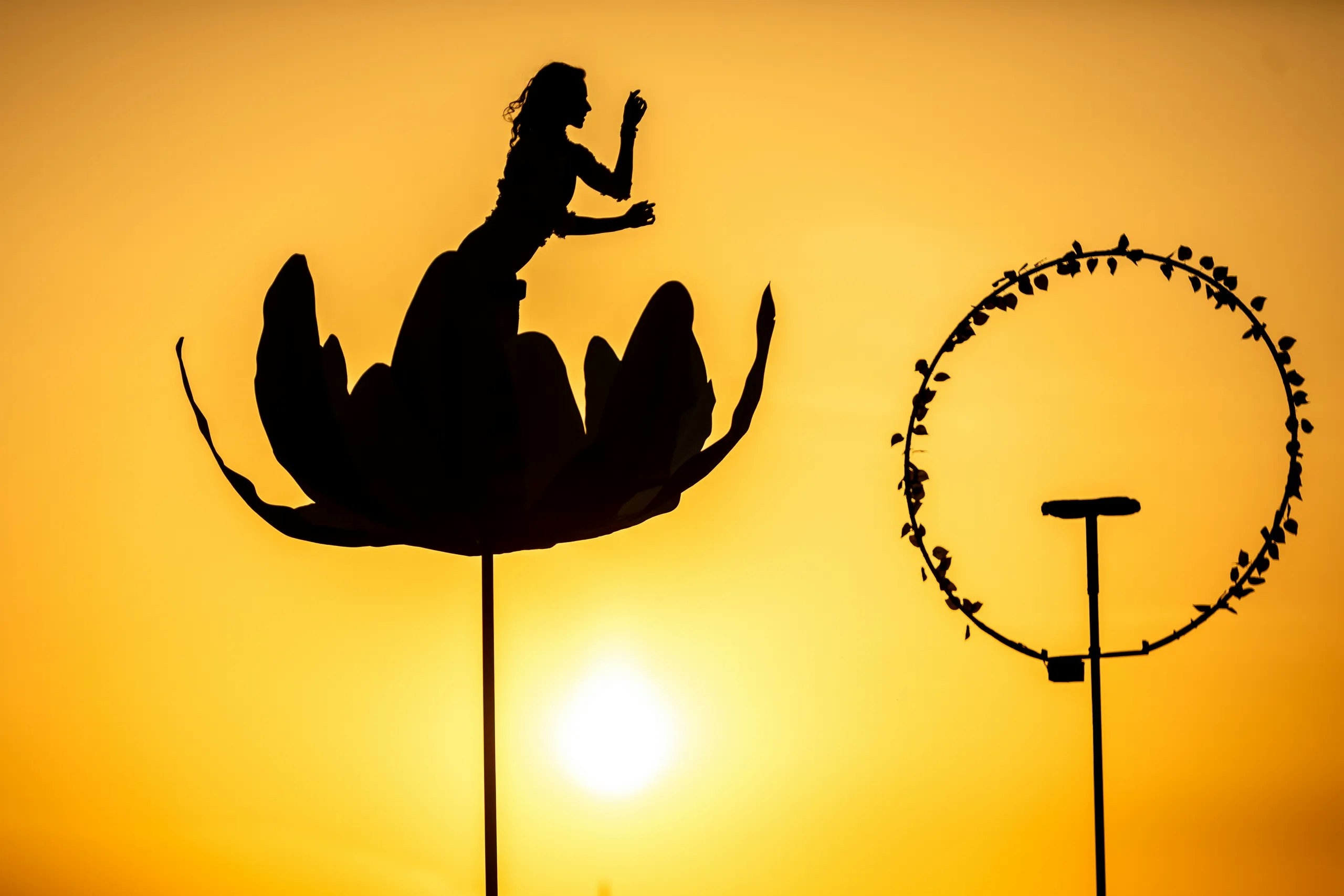
The Many Faces of Jazz Instruments
By MDLBEAST
October 16 2023
The Many Faces of Jazz Instruments
By MDLBEAST
October 16 2023
Known as "America's classical music," jazz is a fascinating amalgamation of improvisation, rhythm, and soul that has captivated listeners for decades. Jazz instruments of all kinds, each with their own unique sound and contribution to the whole, form the backbone of this musical excursion. The saxophone's charm, the jazz guitar's rich melodies, and the drums' rhythmic heartbeat build the foundations of jazz.
In this article, we set out on a musical adventure, diving into the facets of jazz instruments and the boundless creativity they inspire. The ever-evolving and limit-pushing character of jazz will also be explored as we detour into the contemporary music industry.
The Saxophone's Allure
When thinking of jazz instruments, usually, the saxophone is the first instrument that comes to mind. The jazz saxophone, in particular, has a distinctive sound that has become part of the genre’s essence. The soulful and adaptable tone of the saxophone allows it to convey a wide range of feelings - from the gloom of the late-night blues to the explosive energy of swing.
Iconic saxophonists that have pushed the envelope of jazz, such as John Coltrane (among the most influential faces in jazz), Charlie Parker (a leading figure in the formation of the subcategory of jazz, bebop), and Sonny Rollins, have left an everlasting influence on the music we listen to today. Its poignant qualities and ability to convey raw emotion make it an indispensable tool in a jazz musician's arsenal.
The Enigmatic Jazz Guitar
On the other hand, the jazz guitar offers its own kind of magic. With its intricate fingerpicking and complex chord progressions, the jazz guitar adds a layer of sophistication to the genre. The guitar's capacity to incorporate complex melodies and harmonies into jazz has been proven by legends such as Django Reinhardt (one of the first major jazz talents to come out of Europe) and Wes Montgomery (who was known for his unique technique of plucking the strings with the side of his thumb).
Building on this legacy, the jazz guitar's rich harmonies often serve as the backbone of jazz ensembles, allowing for both solo virtuosity and collaborative improvisation.
The Rhythmic World of Jazz Drumming
Jazz drumming is the heartbeat of the genre. While it may not always steal the spotlight, it is undeniably the driving force behind the music's infectious rhythm. Jazz drummers like Buddy Rich (considered one of the most distinguished drummers of all time) and Max Roach have elevated drumming to an art form, showcasing their virtuosity and innovation. The snare drum, bass drum, and cymbals on a jazz drummer's kit all work together to lay down a rhythmic foundation upon which improvisation and melodic discovery can flourish.
Jazz drumming is not just about keeping pace; it adds essential layers of texture and nuance to the piece. The intense portrayal of Andrew, by actor Miles Teller, in the movie Whiplash, amplified Jazz drumming as a grueling, yet alluring, art form.
Exploring Jazz's Diverse Soundscapes and Musical Dimensions
The variety of jazz's musical instruments reflects the genre's inherent beauty. Each instrument adds a different shade to the spectrum of jazz, from the brass section (including trumpets and trombones) to the woodwinds (including clarinets and flutes). The piano provides harmonic depth, while the double bass and electric bass lay down the groove. These instruments work together to produce a sound environment conducive to improvisation and teamwork.
Jazz is not a monolithic genre; it encompasses a wide range of styles and subgenres. The genre has developed continuously from its Dixieland roots to the cool jazz of the '50s and the experimental sounds of the '60s. Jazz has various forms, each with its own instrumentation and defining features, such as bebop, fusion, and smooth jazz. This diversity showcases jazz instruments' adaptability and ability to transcend boundaries.
The Modern Landscape of Jazz
Jazz is a genre that continues to thrive in today's dynamic musical environment, continually breaking new ground and redefining itself through experimentation and fusion. This upward motion is epitomized by MDLBEAST, whose breakthrough Soundstorm Festival has left an unforgettable impression. The festival celebrates combining various musical genres into one cohesive event showcasing music, art, and technology.
One such contemporary jazz musician pushing the envelope of classic jazz and merging genres is FKJ, who graced the Soundstorm ‘22 stage. The French musician expertly combines jazz, electro, R&B, and French house elements into a unique sonic experience that defies categorization. The result is a glimpse into the future of jazz, a genre where invention and originality flourish as instruments harmonize across boundaries that challenge traditional genre classifications.
In conclusion, jazz instruments constitute the backbone of a music genre that has survived and thrived through many changes throughout the years. The diversity of these musical instruments enables a broad spectrum of expressions, from the alluring to the intricate. As we explore the current state of jazz, we realize that the spirit of improvisation and ingenuity at its core remains unwavering despite the incorporation of new sounds, styles, and unlikely collaborations.
Share this
